Helium 10 Frankenstein Tutorial: Cleaning and Organizing Your Keyword Lists
In the fast-paced world of Amazon selling, having a well-organized and clean keyword list is essential for optimizing your product listings and driving traffic. However, managing keyword data can be overwhelming, especially when dealing with large datasets from multiple sources. This is where Helium 10 Frankenstein comes into play. 🧠✨
Helium 10 Frankenstein is a powerful keyword organizing and grouping tool designed to help Amazon sellers clean, structure, and refine their keyword lists. It allows you to combine multiple keyword lists, remove duplicates, and group keywords by relevance, making it easier to analyze and use your data effectively. Whether you’re conducting keyword research with Helium 10 Magnet, analyzing competitors with Cerebro, or optimizing listings with Scribbles, Frankenstein ensures that your keyword lists are streamlined and ready for action.
In this comprehensive tutorial, we’ll walk you through the process of cleaning and organizing your keyword lists using Helium 10 Frankenstein. We’ll cover everything from uploading your data to grouping keywords and exporting your final list. By the end of this guide, you’ll have a clear understanding of how to use Frankenstein to create a master keyword list that drives results. Let’s dive in! 🚀📊
1. Introduction to Helium 10 Frankenstein
Before diving into the tutorial, it’s important to understand what Helium 10 Frankenstein is and why it’s such a valuable tool for Amazon sellers. Frankenstein is part of the Helium 10 software suite, a collection of tools designed to help sellers optimize their listings, conduct market research, and find profitable niches. While tools like Magnet and Cerebro help you generate keyword data, Frankenstein focuses on organizing and refining that data into a usable format.
The name “Frankenstein” is fitting because it allows you to “stitch together” multiple keyword lists into one cohesive master list. This is particularly useful when you’re working with data from different sources, such as Magnet, Cerebro, or even external keyword research tools. By combining and cleaning your keyword lists, you can eliminate redundancy, focus on the most relevant keywords, and create a structured plan for optimizing your listings.
In this section, we’ll explore the key features of Frankenstein, why it’s important to clean and organize your keyword lists, and how it fits into the broader Helium 10 ecosystem. 📝🔍
1.1 What is Helium 10?
Helium 10 is a comprehensive software suite designed to help Amazon sellers succeed in the competitive marketplace. It includes tools for product research, keyword research, listing optimization, and more. Helium 10 is trusted by thousands of sellers worldwide for its accuracy, ease of use, and ability to provide actionable insights. Whether you’re a beginner or an experienced seller, Helium 10 has the tools you need to grow your business.
1.2 The Importance of Clean Keyword Lists
Clean and organized keyword lists are essential for effective listing optimization. Without a structured approach, you may end up with duplicate keywords, irrelevant terms, or missed opportunities. Frankenstein helps you eliminate these issues by combining, cleaning, and grouping your keyword data into a cohesive master list.
1.3 Key Features of Frankenstein
Frankenstein offers several powerful features, including the ability to combine multiple keyword lists, remove duplicates, and group keywords by relevance. It also allows you to export your final list in a variety of formats, making it easy to use in other Helium 10 tools or external applications.
1.4 How Frankenstein Fits into the Helium 10 Ecosystem
Frankenstein is designed to work seamlessly with other Helium 10 tools. For example, you can use Magnet to generate keyword data, Cerebro to analyze competitors, and Frankenstein to organize and refine that data. This integrated approach ensures that your keyword strategy is both comprehensive and efficient.
1.5 Why Use Frankenstein?
Using Frankenstein saves time and ensures that your keyword lists are clean, organized, and ready for optimization. By eliminating duplicates and grouping keywords by relevance, you can focus on the most valuable terms and improve your listing’s performance.
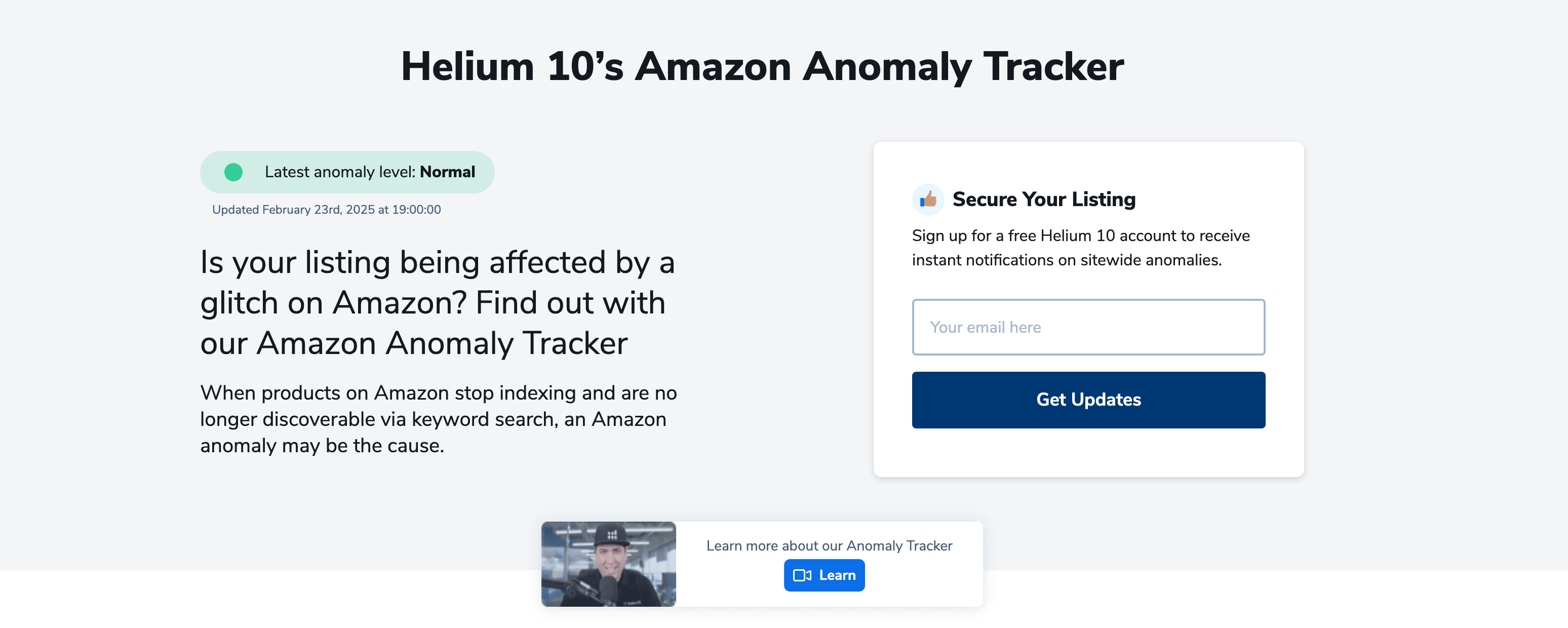
2. Step-by-Step Guide to Cleaning and Organizing Keyword Lists
Now that you understand the basics of Frankenstein, let’s dive into the step-by-step process of cleaning and organizing your keyword lists.
2.1 Logging into Helium 10
The first step is to log in to your Helium 10 account. If you don’t have an account yet, you can sign up for a free trial to get started. Once you’re logged in, navigate to the Frankenstein tool from the dashboard.
2.2 Uploading Your Keyword Lists
To begin, upload the keyword lists you want to clean and organize. You can upload multiple lists from different sources, such as Magnet, Cerebro, or external keyword research tools. Frankenstein will combine these lists into a single dataset.
2.3 Removing Duplicates
Duplicate keywords can clutter your list and make it difficult to analyze. Use Frankenstein’s duplicate removal feature to eliminate redundant terms and streamline your dataset.
2.4 Grouping Keywords by Relevance
Once your list is clean, group keywords by relevance to make it easier to analyze and use. Frankenstein allows you to create custom groups based on your specific needs, such as product features, customer pain points, or search intent.
2.5 Exporting Your Master List
After organizing your keywords, export your master list in a format that works best for you. Frankenstein supports multiple export options, including CSV and Excel, making it easy to use your data in other tools or applications.

3. Understanding Frankenstein’s Features
To get the most out of Frankenstein, it’s important to understand its key features and how to use them effectively.
3.1 Combining Multiple Keyword Lists
Frankenstein allows you to combine multiple keyword lists into one cohesive dataset. This is particularly useful when working with data from different sources, such as Magnet, Cerebro, or external tools.
3.2 Removing Duplicates
Duplicate keywords can clutter your list and make it difficult to analyze. Frankenstein’s duplicate removal feature ensures that your dataset is clean and free of redundancy.
3.3 Grouping Keywords by Relevance
Grouping keywords by relevance helps you organize your data and focus on the most valuable terms. Frankenstein allows you to create custom groups based on your specific needs.
3.4 Exporting Your Data
Once your list is clean and organized, export it in a format that works best for you. Frankenstein supports multiple export options, including CSV and Excel.
3.5 Integrating with Other Helium 10 Tools
Frankenstein is designed to work seamlessly with other Helium 10 tools, such as Magnet, Cerebro, and Scribbles. This integrated approach ensures that your keyword strategy is both comprehensive and efficient.
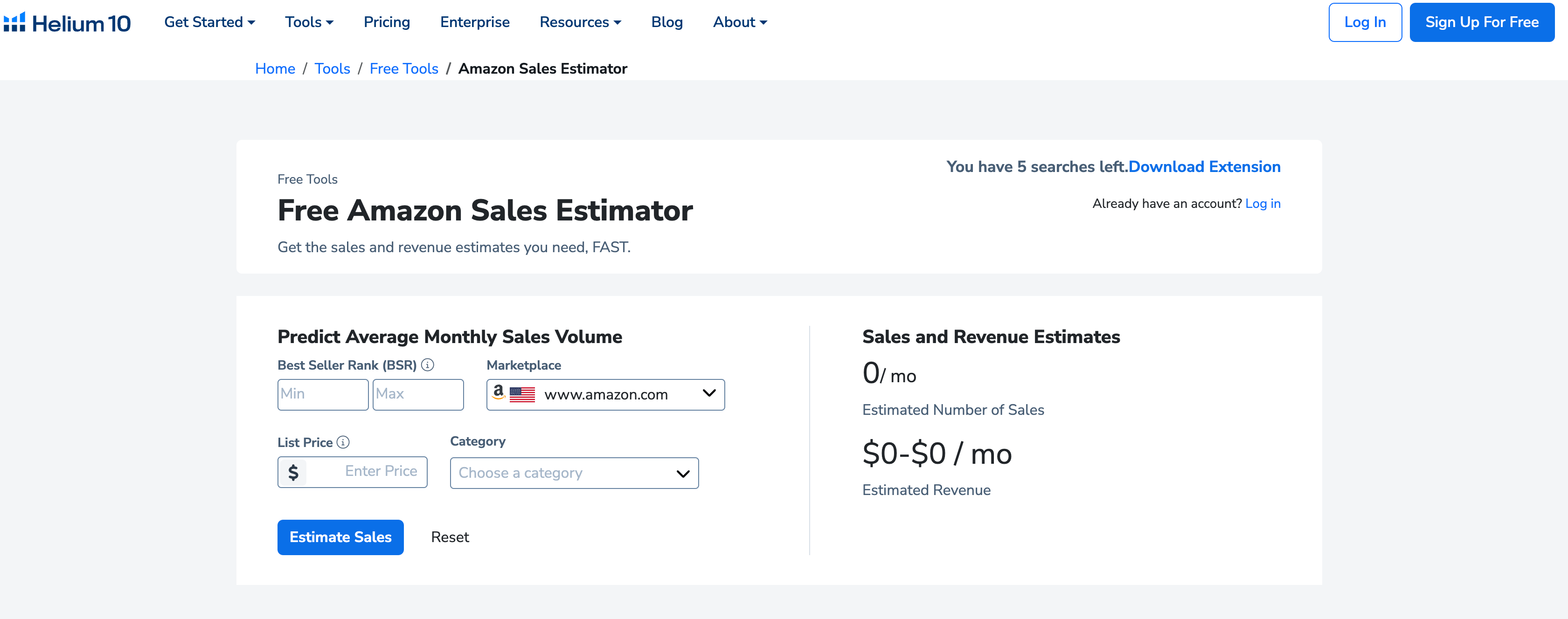
4. Best Practices for Cleaning and Organizing Keyword Lists
To get the most out of Frankenstein, follow these best practices for cleaning and organizing your keyword lists.
4.1 Start with Comprehensive Data
Before using Frankenstein, ensure that you have comprehensive keyword data from multiple sources. This includes data from Magnet, Cerebro, and any external keyword research tools.
4.2 Remove Irrelevant Keywords
In addition to removing duplicates, eliminate irrelevant keywords that don’t align with your product or target audience. This ensures that your list is focused and actionable.
4.3 Group Keywords Strategically
When grouping keywords, consider factors such as product features, customer pain points, and search intent. This helps you create a structured and organized list.
4.4 Regularly Update Your Lists
Keyword trends can change over time, so it’s important to regularly update your lists. Use Frankenstein to keep your data clean, organized, and up-to-date.
4.5 Integrate with Listing Optimization
Once your list is clean and organized, use it to optimize your product listings. Incorporate your keywords into your titles, bullet points, and descriptions to improve search rankings and drive traffic.
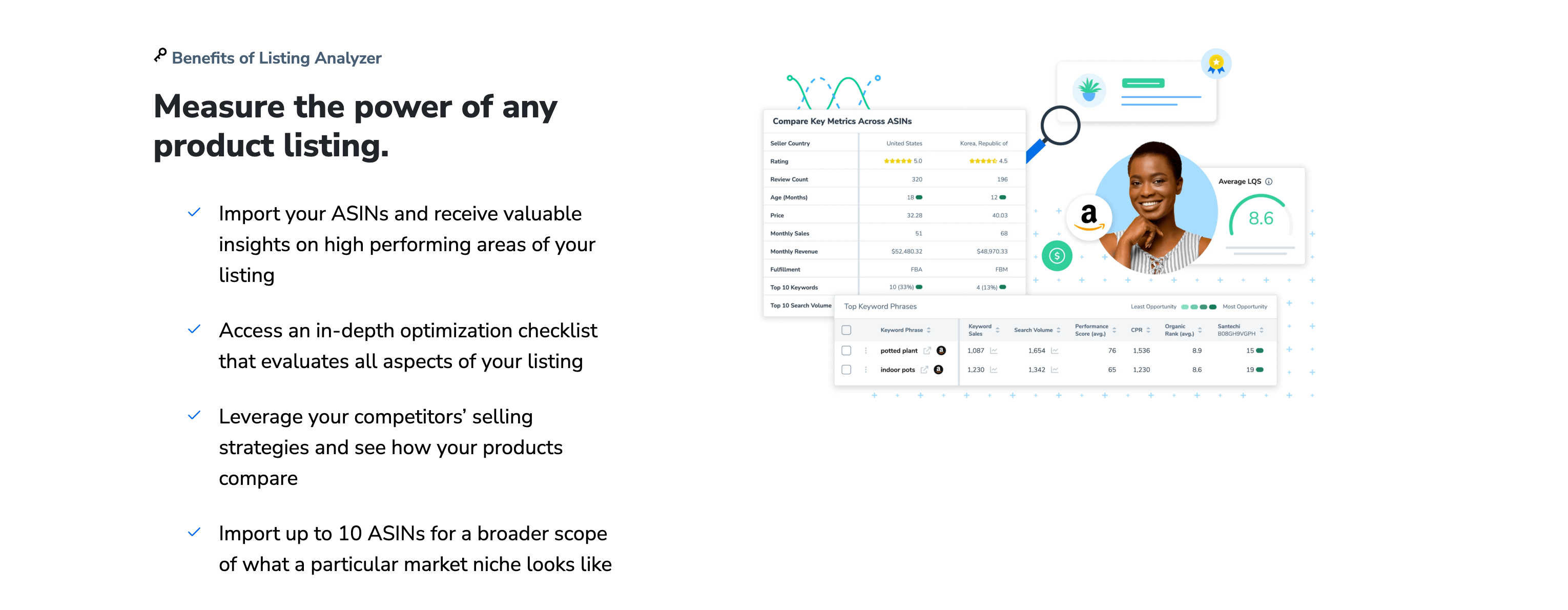
5. Common Mistakes to Avoid When Using Frankenstein
While Frankenstein is a powerful tool, it’s easy to make mistakes if you’re not careful. Here are some common pitfalls to avoid.
5.1 Skipping Duplicate Removal
Failing to remove duplicates can clutter your list and make it difficult to analyze. Always use Frankenstein’s duplicate removal feature to streamline your dataset.
5.2 Overlooking Irrelevant Keywords
In addition to duplicates, irrelevant keywords can dilute your list and reduce its effectiveness. Be sure to eliminate terms that don’t align with your product or target audience.
5.3 Ignoring Keyword Grouping
Grouping keywords by relevance is essential for organizing your data and focusing on the most valuable terms. Don’t skip this step when using Frankenstein.
5.4 Failing to Update Lists
Keyword trends can change over time, so it’s important to regularly update your lists. Use Frankenstein to keep your data clean, organized, and up-to-date.
5.5 Not Integrating with Other Tools
Frankenstein is designed to work seamlessly with other Helium 10 tools. Failing to integrate your keyword lists with tools like Magnet, Cerebro, and Scribbles can limit their effectiveness.
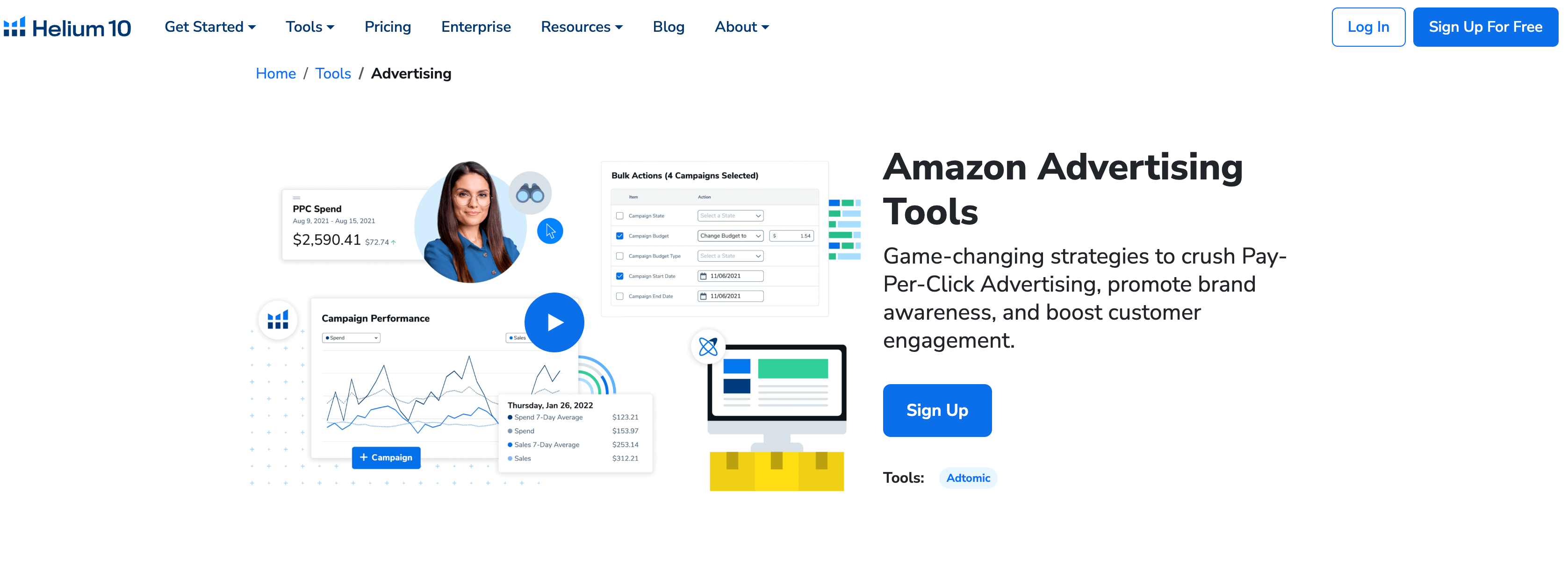
6. Advanced Tips for Maximizing Frankenstein
To get the most out of Frankenstein, consider these advanced tips and strategies.
6.1 Combining Data from Multiple Sources
Use Frankenstein to combine keyword data from multiple sources, such as Magnet, Cerebro, and external tools. This ensures that your list is comprehensive and actionable.
6.2 Creating Custom Keyword Groups
When grouping keywords, create custom groups based on your specific needs. This could include product features, customer pain points, or search intent.
6.3 Exporting for Different Use Cases
Export your master list in different formats depending on your needs. For example, use a CSV file for Scribbles or an Excel file for external analysis.
6.4 Integrating with Listing Optimization
Once your list is clean and organized, use it to optimize your product listings. Incorporate your keywords into your titles, bullet points, and descriptions to improve search rankings and drive traffic.
6.5 Staying Updated on Keyword Trends
Keyword trends can change over time, so it’s important to stay updated. Use Frankenstein to regularly update your lists and ensure that your keyword strategy remains effective.

7. Case Studies: Success Stories Using Frankenstein
In this section, we’ll explore real-life examples of how sellers have used Frankenstein to clean and organize their keyword lists and drive results.
7.1 Case Study 1: Streamlining Keyword Research
One seller used Frankenstein to combine and clean keyword data from Magnet and Cerebro. This streamlined their keyword research process and helped them identify the most valuable terms.
7.2 Case Study 2: Improving Listing Optimization
Another seller used Frankenstein to group keywords by relevance and export a master list for Scribbles. This improved their listing optimization and drove more traffic to their product.
7.3 Case Study 3: Eliminating Irrelevant Keywords
A third seller used Frankenstein to remove irrelevant keywords and focus on the most valuable terms. This helped them improve their search rankings and increase conversions.
7.4 Case Study 4: Staying Ahead of Competitors
One seller used Frankenstein to analyze competitors’ keywords and identify untapped opportunities. This helped them stay ahead of the competition and drive sales.
7.5 Case Study 5: Scaling a Business with Clean Data
A successful seller used Frankenstein to regularly update and organize their keyword lists. This ensured that their keyword strategy remained effective as their business scaled.
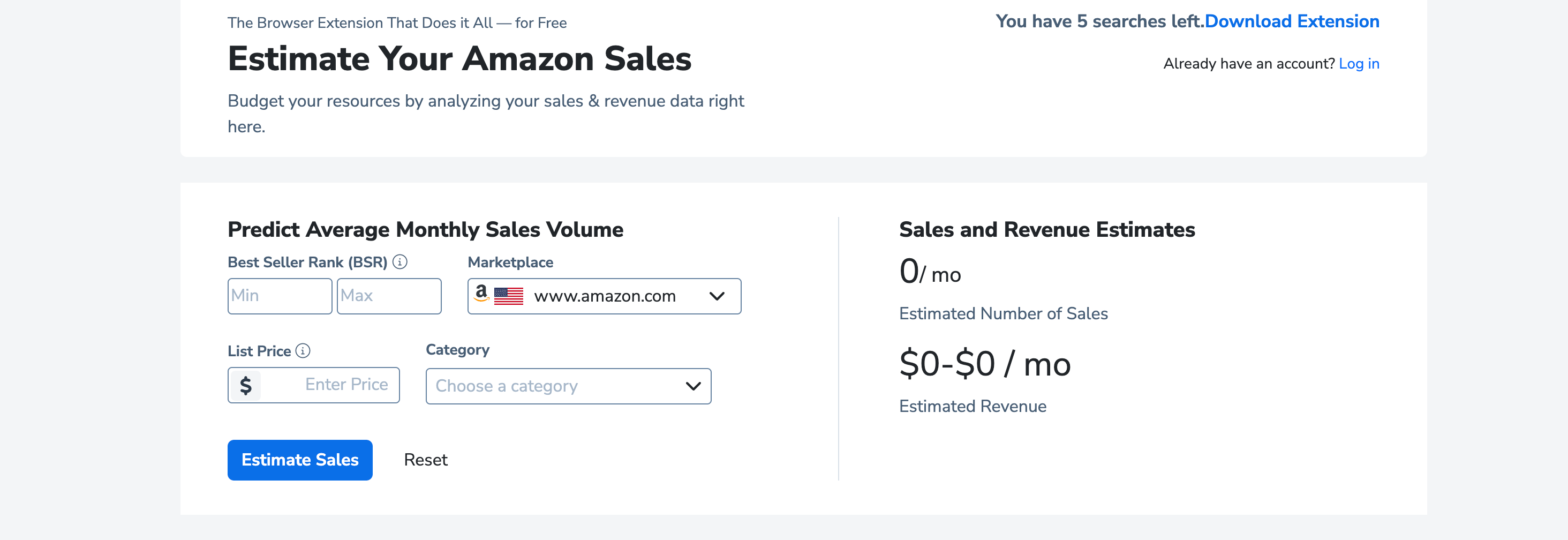
8. Building a Sustainable Keyword Strategy with Frankenstein
Using Frankenstein is just the first step. To build a sustainable keyword strategy, you need to continuously analyze, optimize, and adapt.
8.1 Regularly Updating Your Keyword Lists
Keyword trends can change over time, so it’s important to regularly update your lists. Use Frankenstein to keep your data clean, organized, and up-to-date.
8.2 Monitoring Competitors
Keep an eye on your competitors’ keyword strategies and adjust your own strategy accordingly. Use Frankenstein to analyze their data and identify opportunities.
8.3 Optimizing for Long-Term Success
Focus on building a long-term keyword strategy that prioritizes relevance, search volume, and customer engagement. This will help you achieve sustainable growth and avoid short-term pitfalls.
8.4 Leveraging Multiple Helium 10 Tools
Use Frankenstein in conjunction with other Helium 10 tools, such as Magnet, Cerebro, and Scribbles. This integrated approach ensures that your keyword strategy is both comprehensive and efficient.
8.5 Staying Informed About Amazon’s Algorithm
Amazon’s search algorithm is constantly evolving. Stay informed about the latest changes and adjust your keyword strategy accordingly to ensure that your listings remain optimized.
| Step | Description | Tool |
|---|---|---|
| Logging In | Access your Helium 10 account | Helium 10 |
| Uploading Lists | Combine multiple keyword lists | Frankenstein |
| Removing Duplicates | Eliminate redundant terms | Frankenstein |
| Grouping Keywords | Organize by relevance | Frankenstein |
| Exporting Data | Save your master list | Frankenstein |
By following this step-by-step guide and leveraging the insights provided by Helium 10 Frankenstein, you can clean and organize your keyword lists, optimize your listings, and build a successful Amazon business. 🚀📈🛍️
In conclusion, Helium 10 Frankenstein is an invaluable tool for Amazon sellers looking to streamline their keyword research and optimization process. By combining, cleaning, and organizing your keyword lists, you can focus on the most valuable terms and improve your listing’s performance. Remember to regularly update your lists, monitor competitors, and integrate Frankenstein with other Helium 10 tools for a comprehensive approach to keyword strategy. 🌟📊🛒


Comments